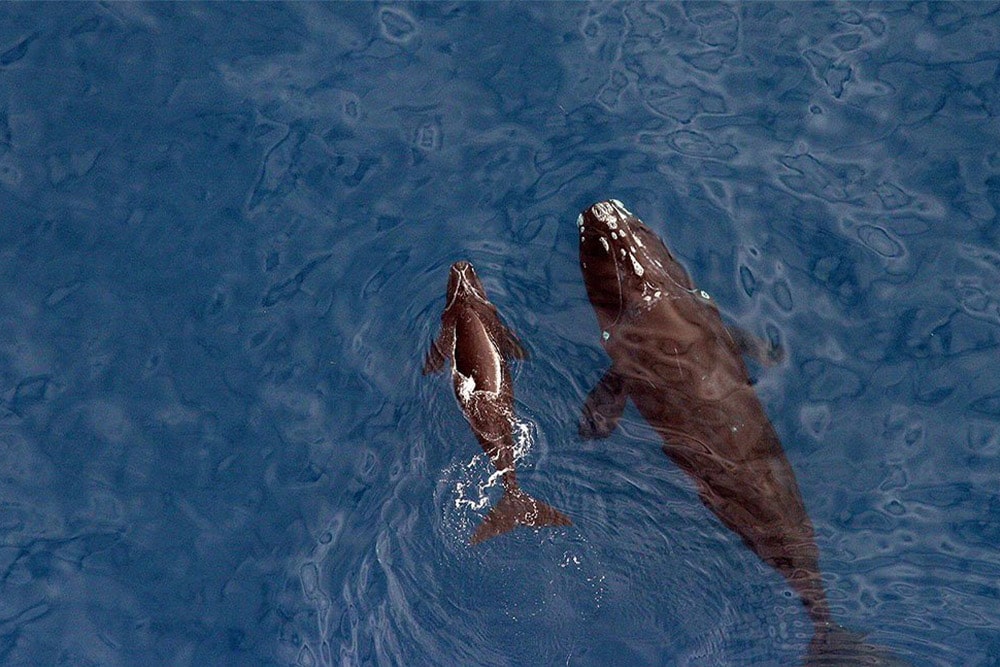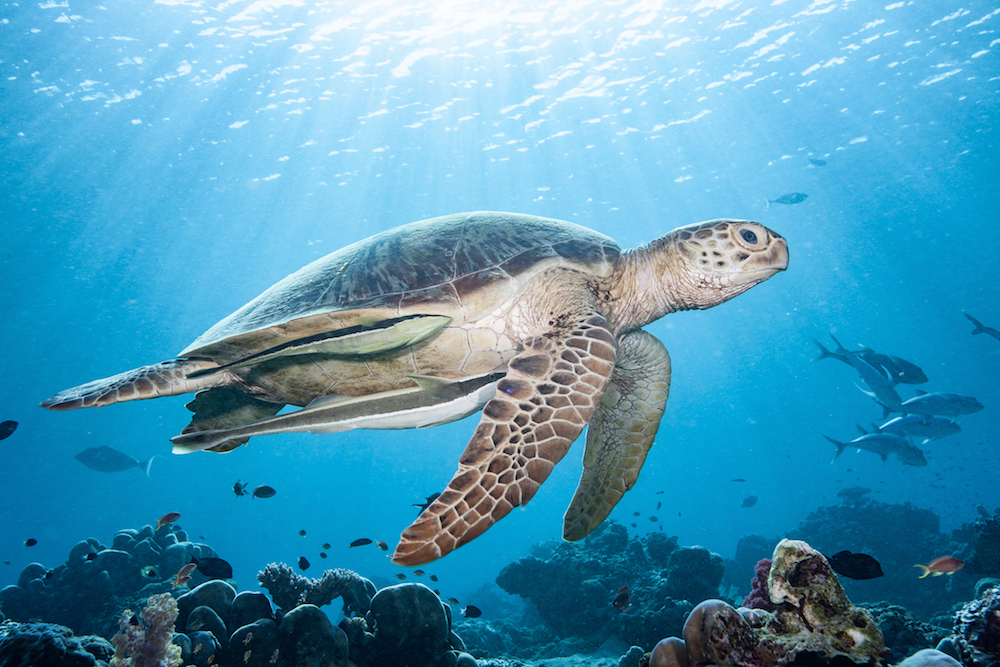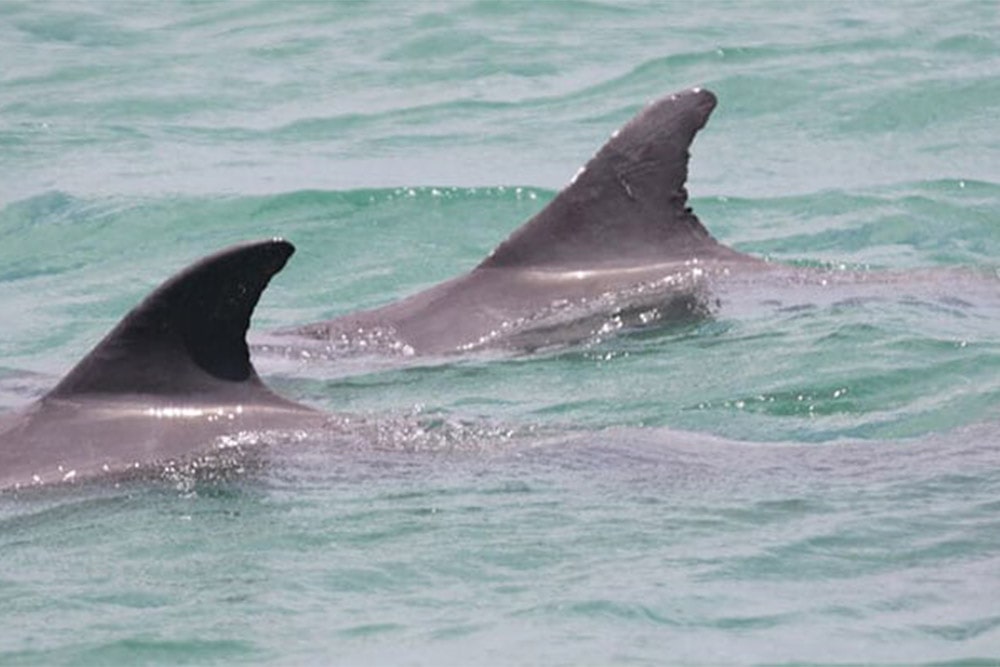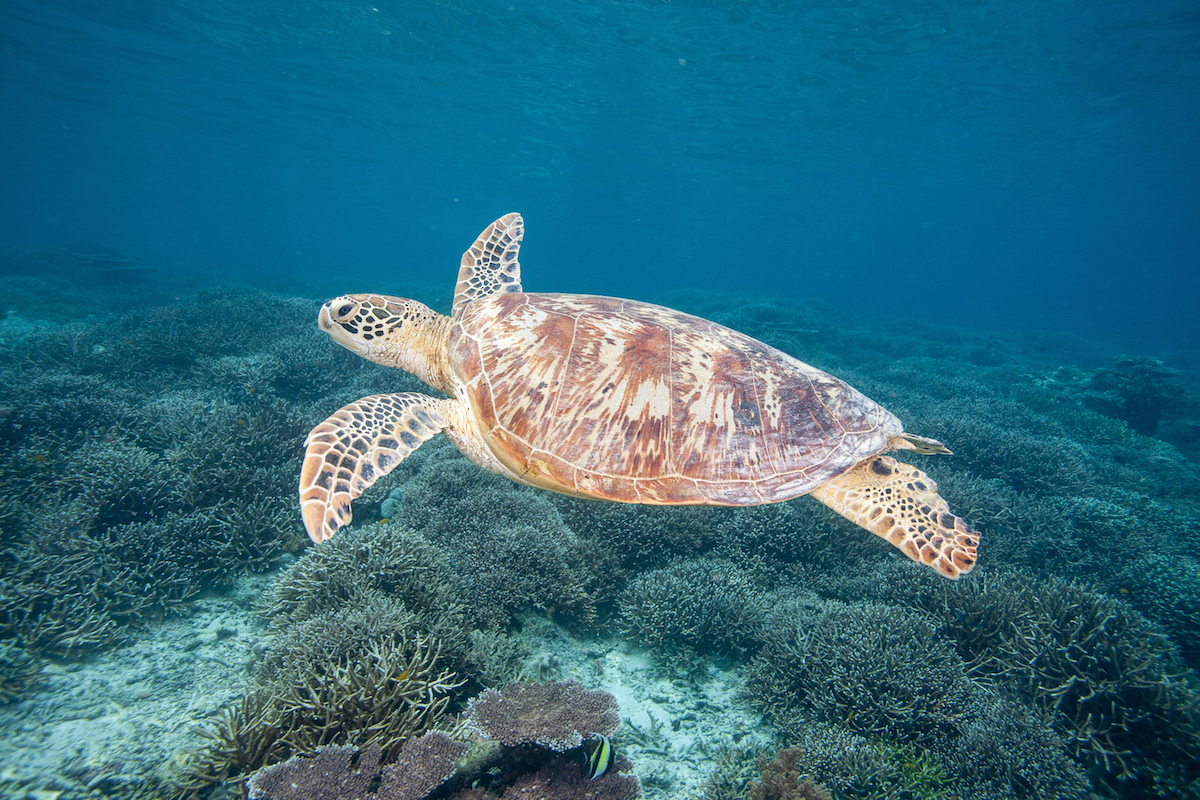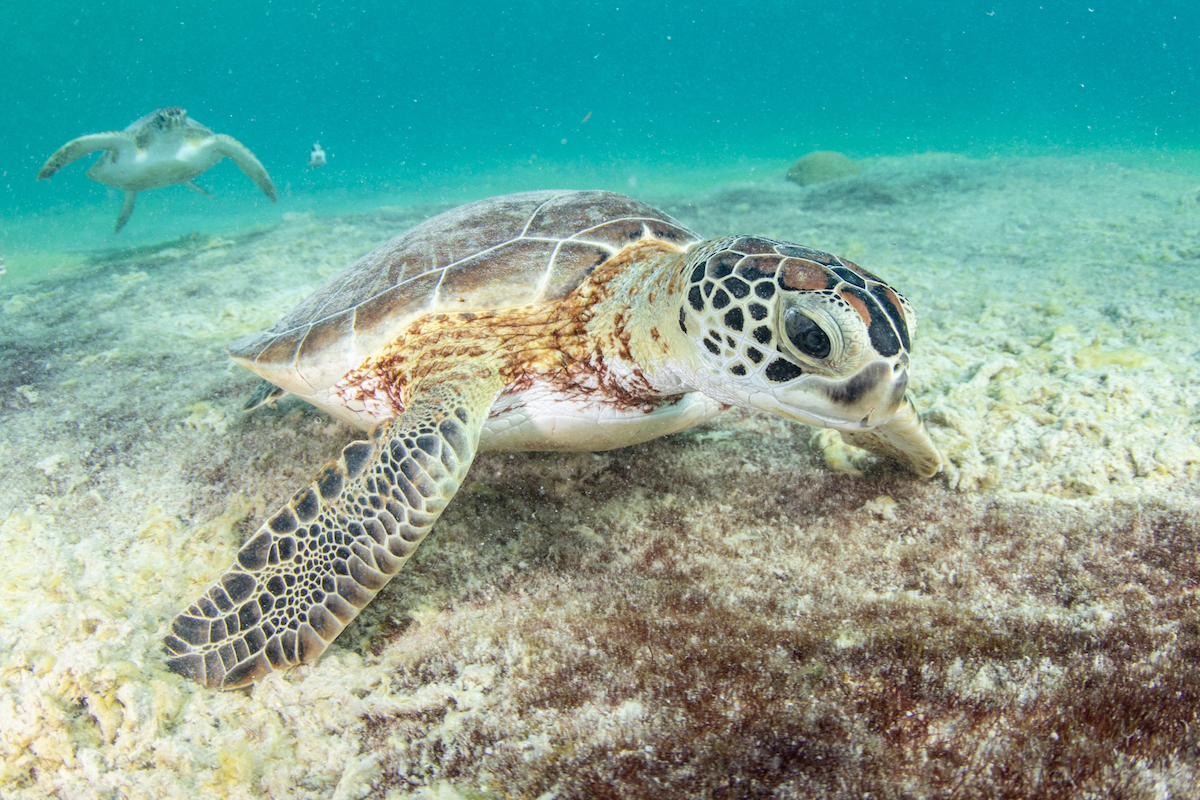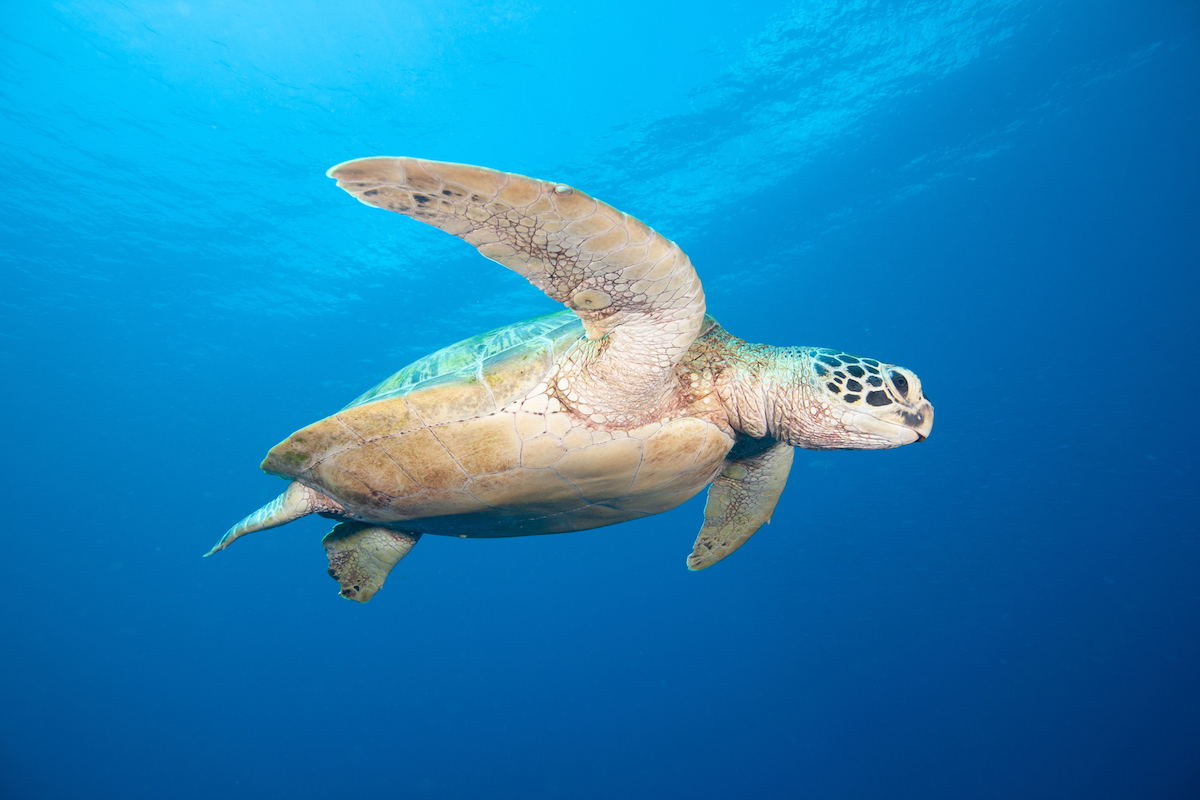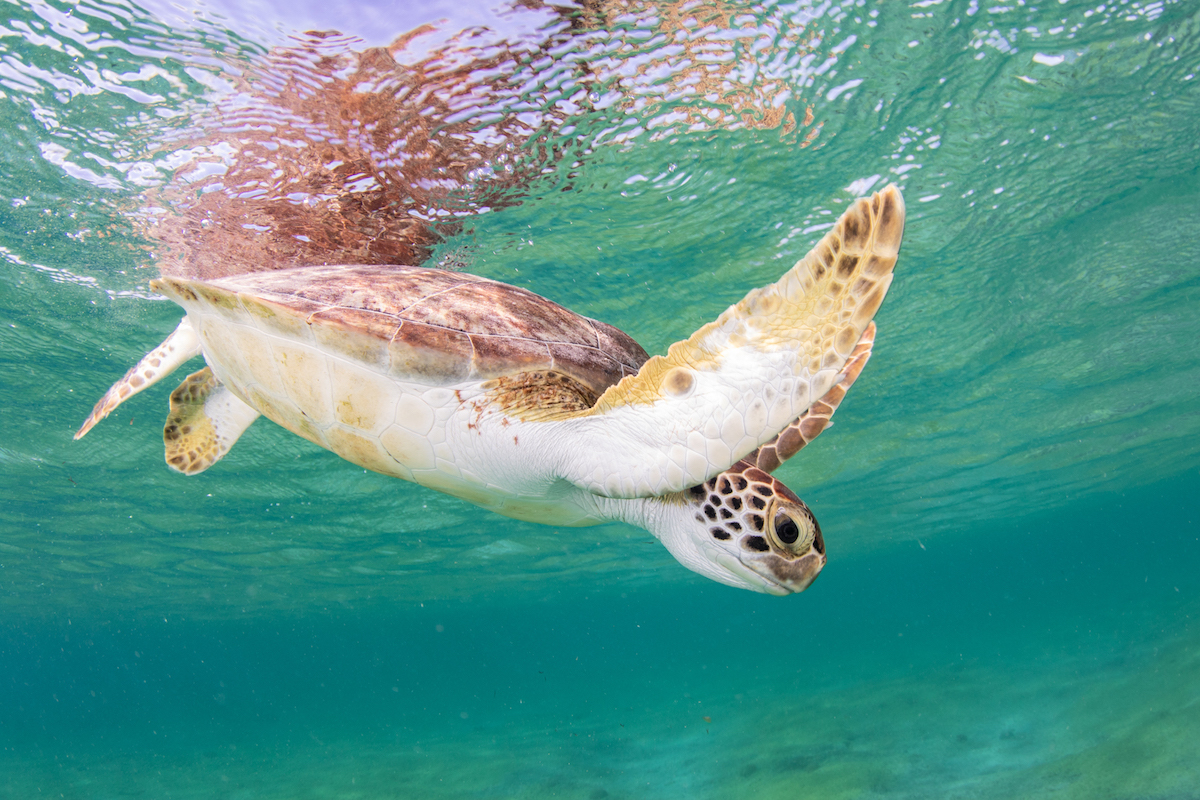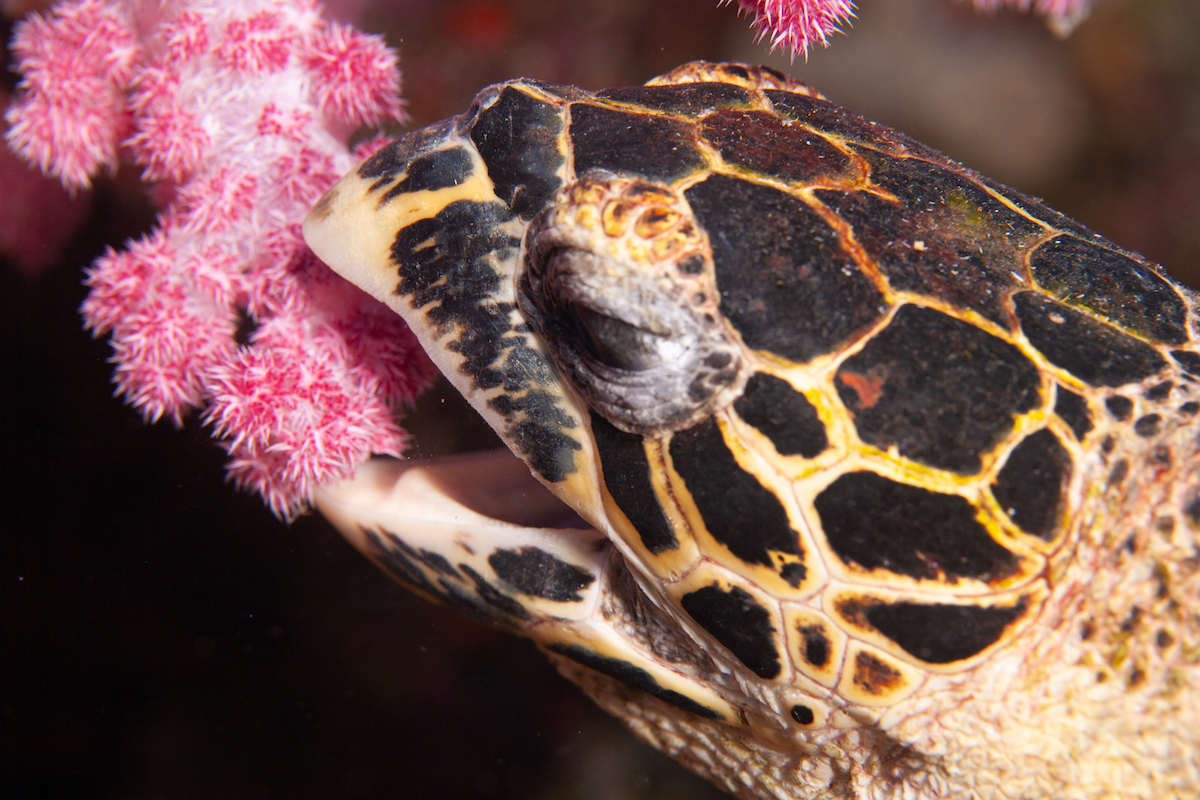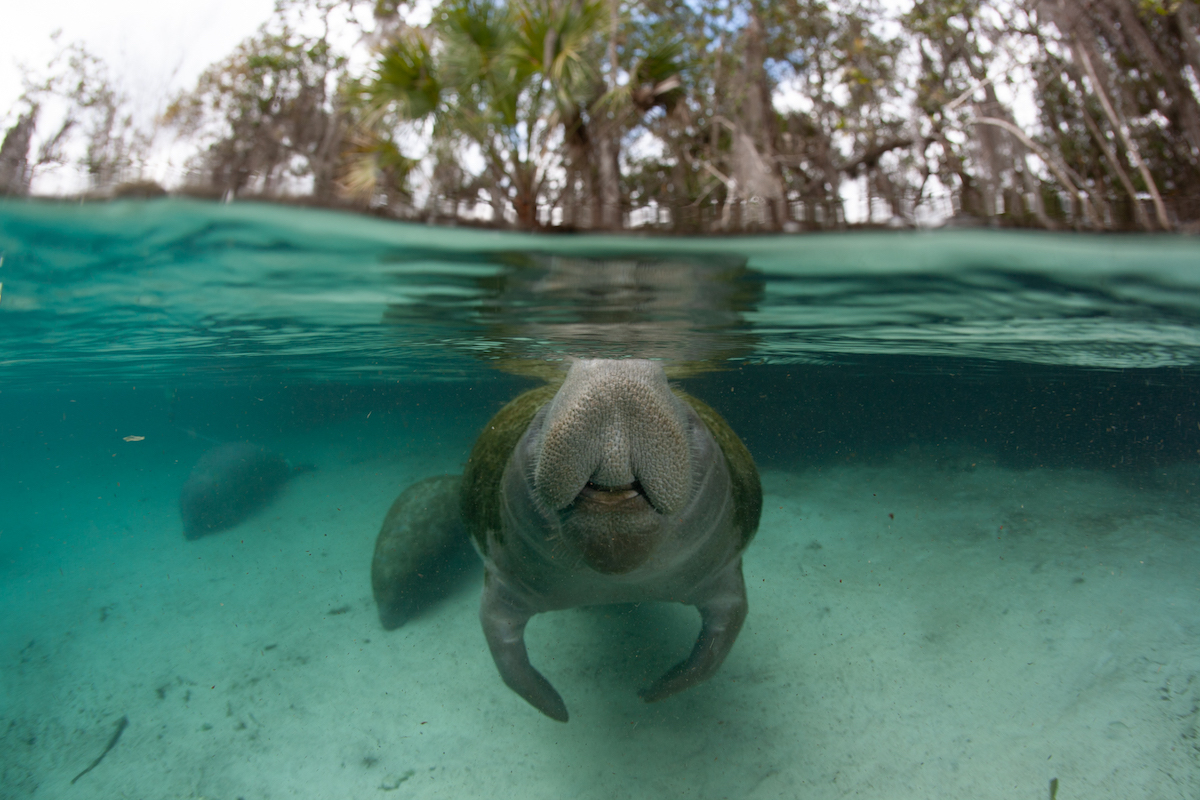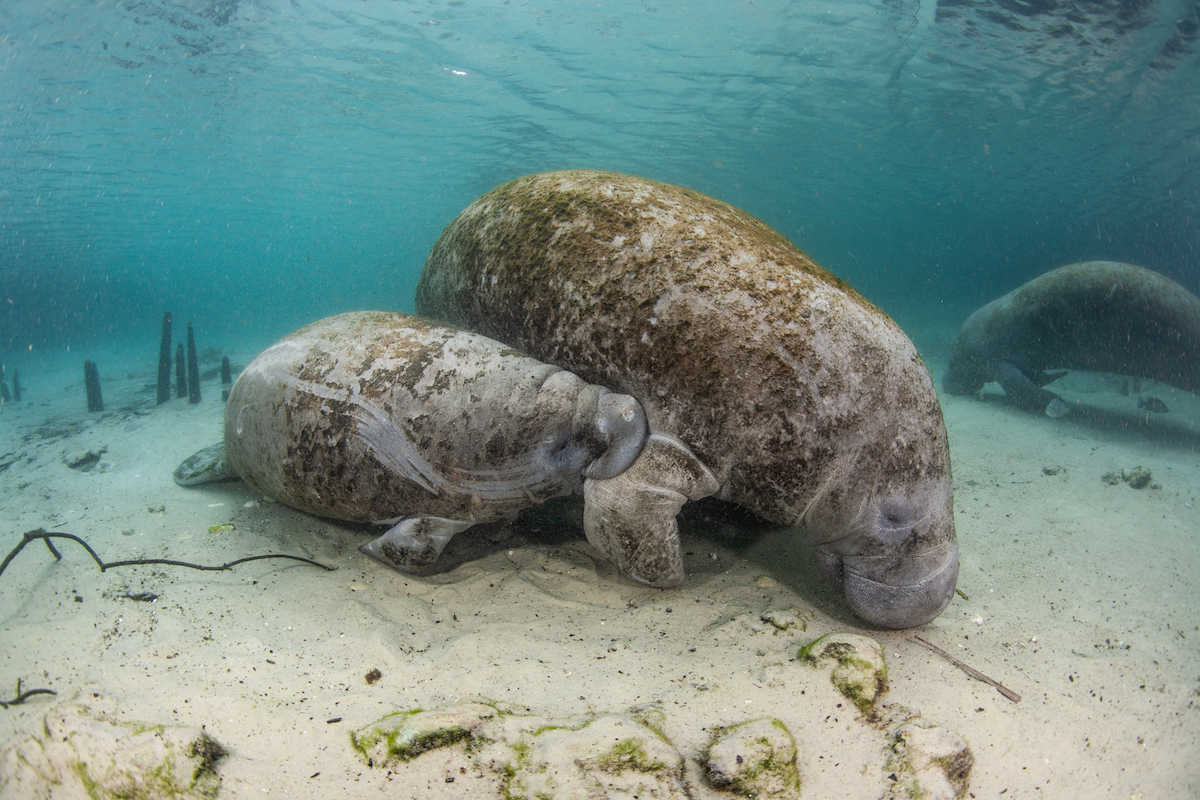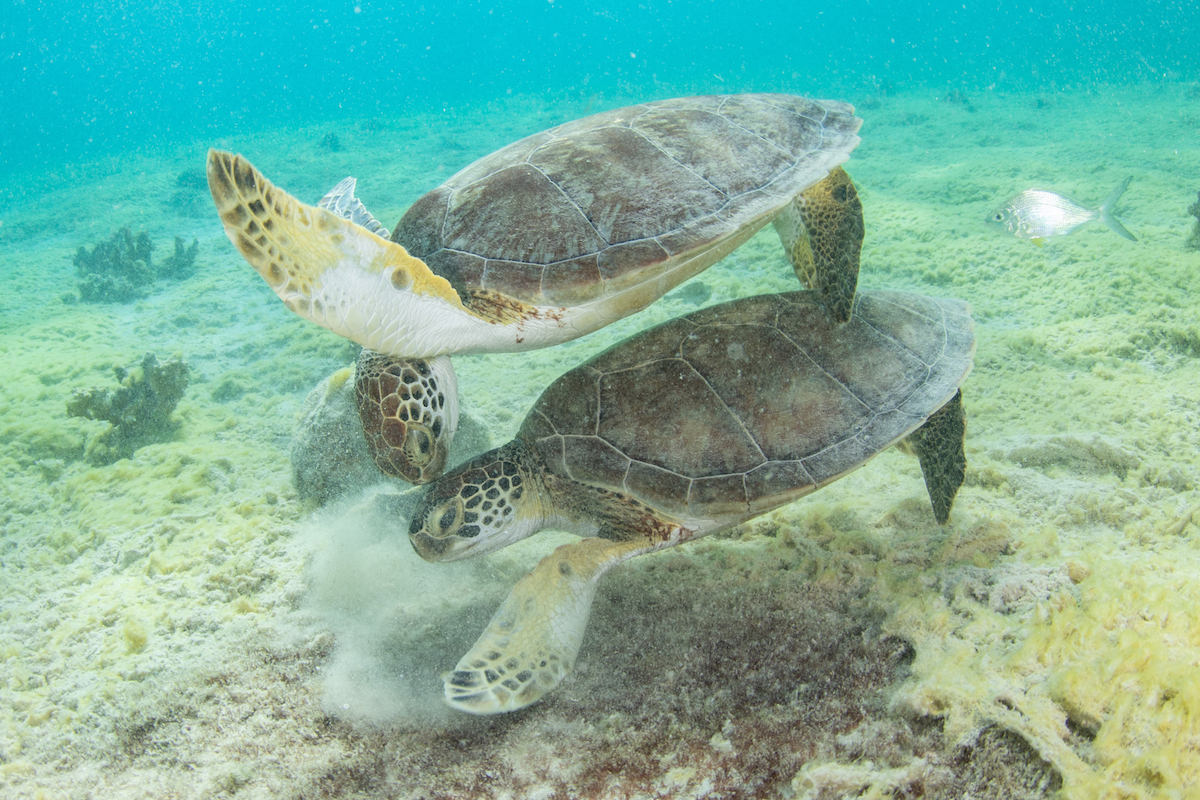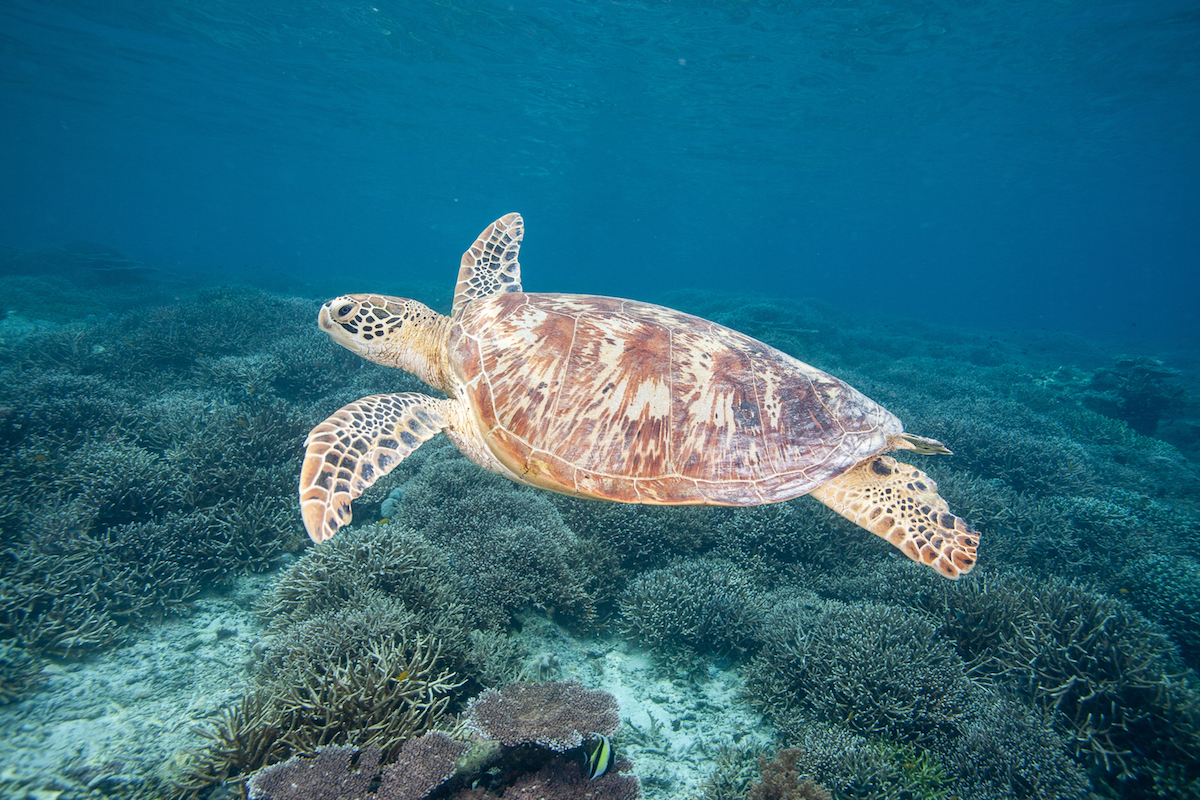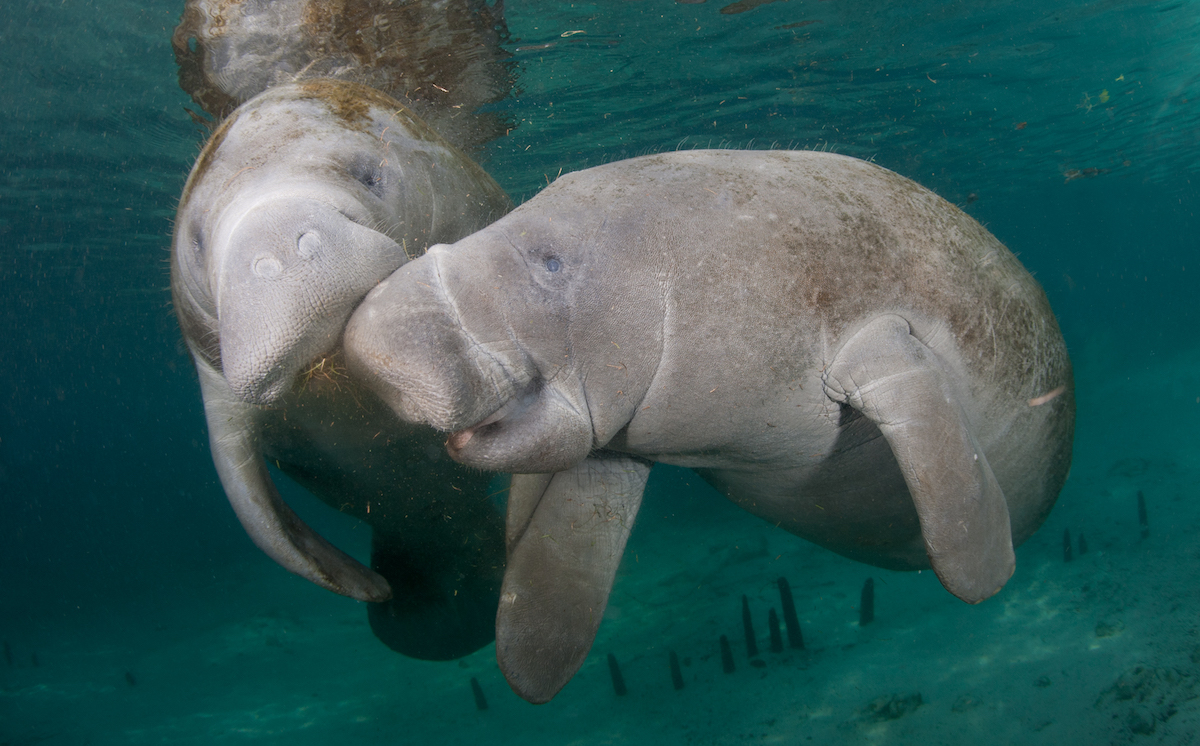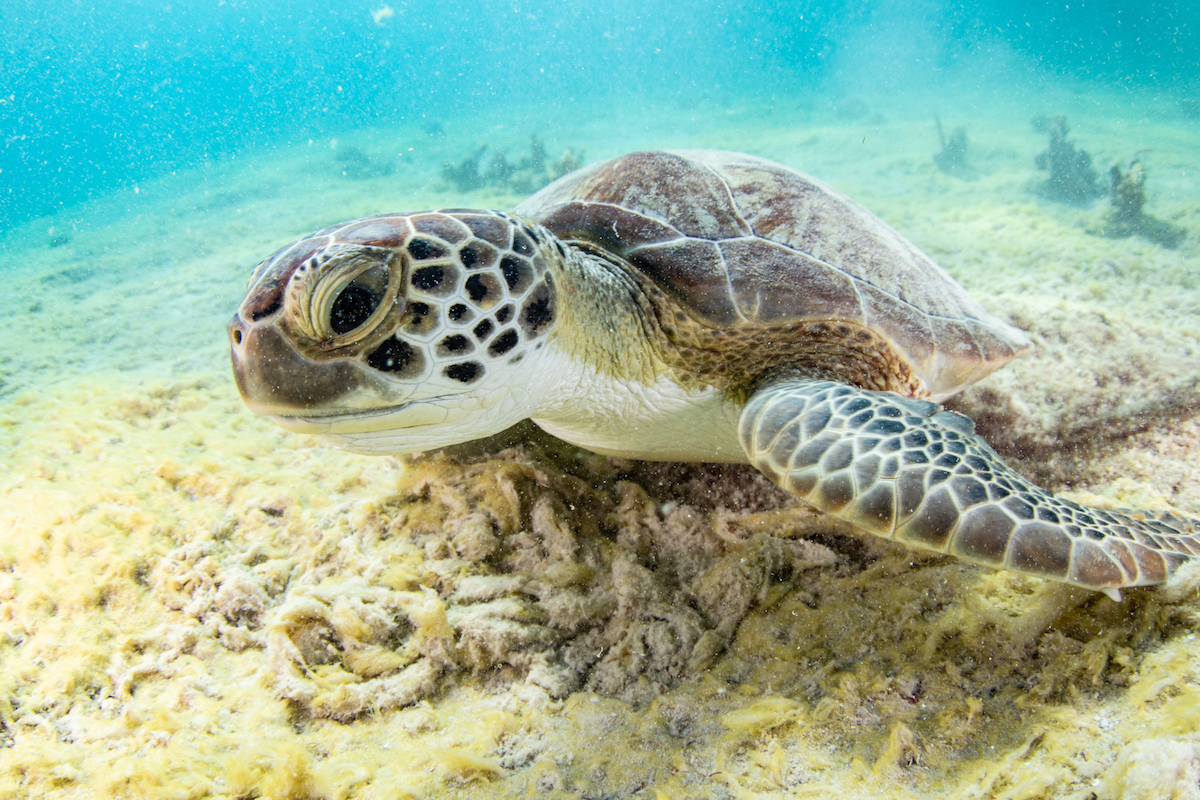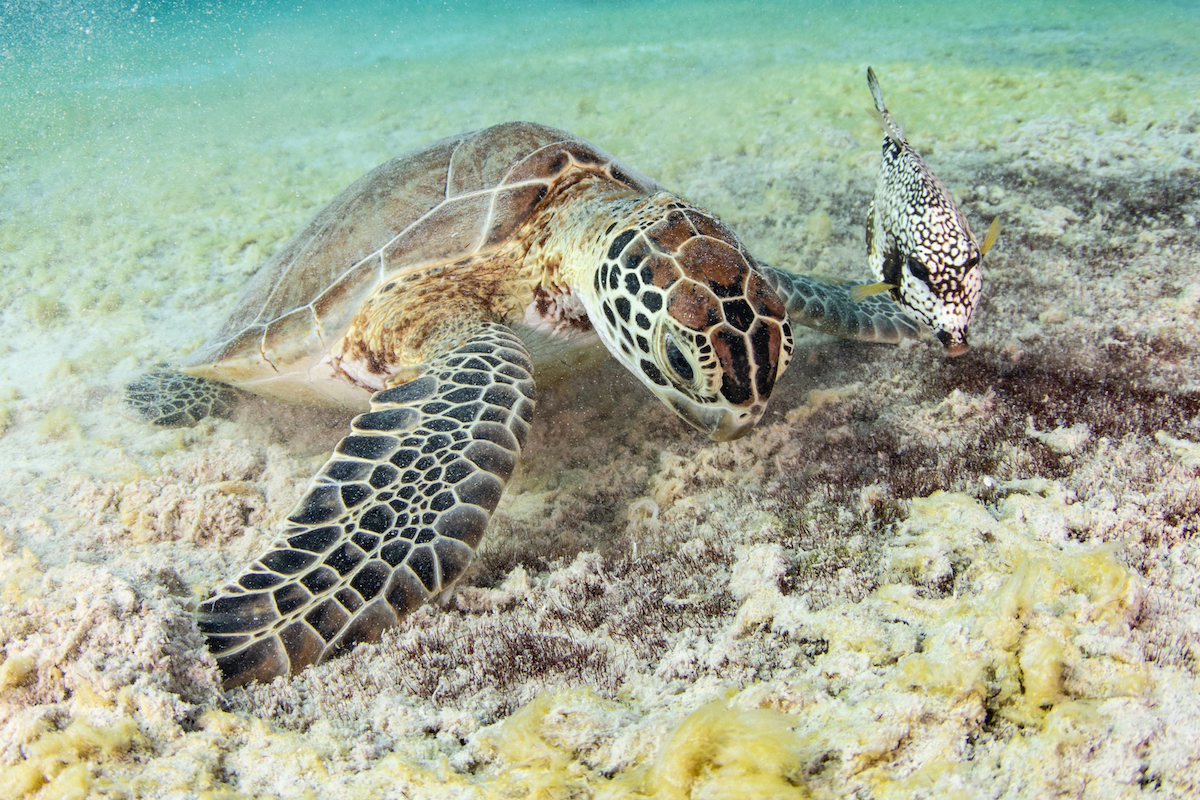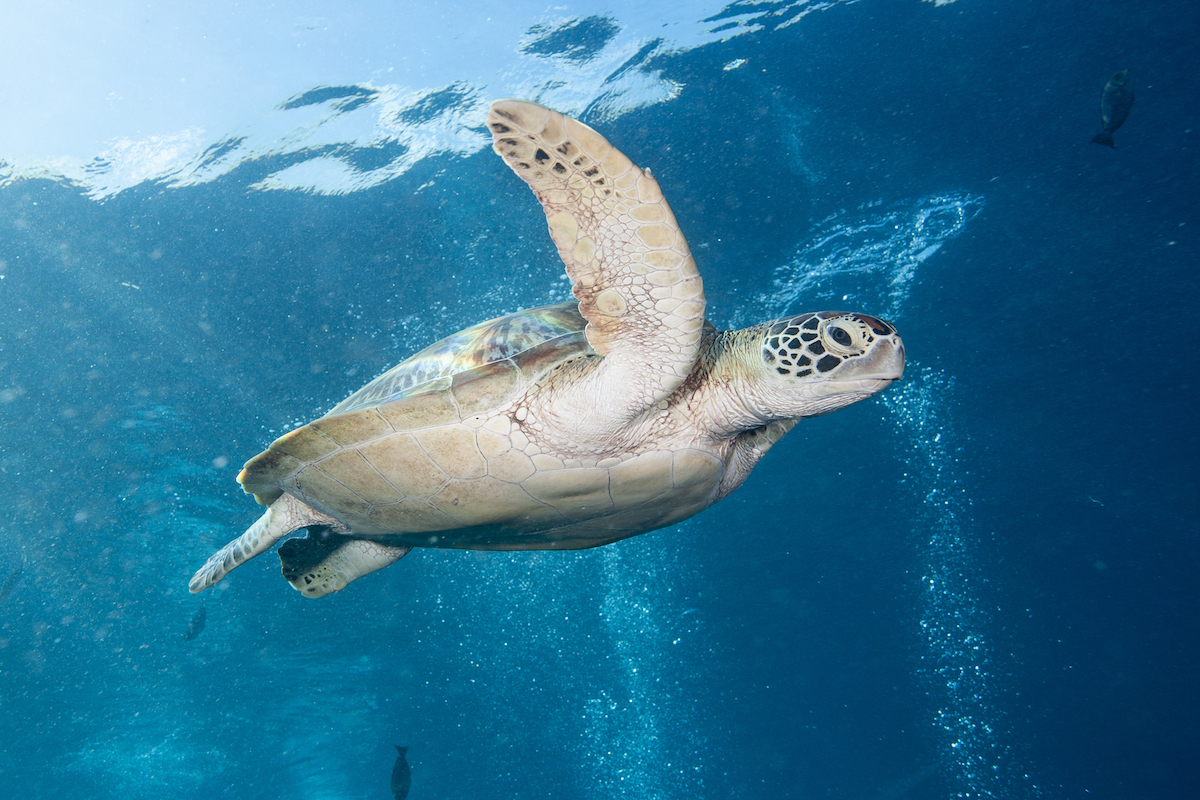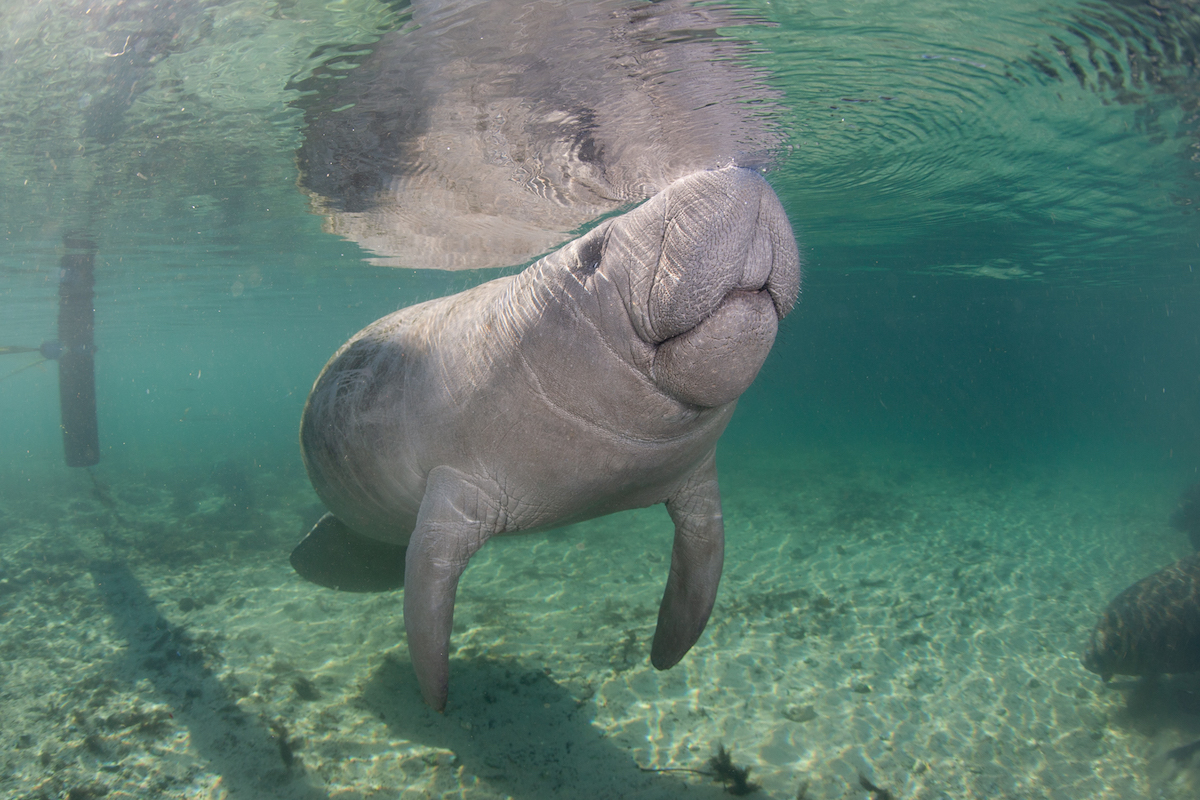our research
MANATEES
Our team works with all three species of manatees, conducting rescue and research resulting in positive impacts to manatees. Using satellite tagging, aerial surveys, photo identification and other tools, our research team is continuously obtaining sound scientific data to develop solutions to threats such as watercraft collisions and entanglement to help ensure the survival of manatees around the world.
RIGHT WHALES
There are fewer than 400 North Atlantic right whales estimated to be left in the population, and are federally-protected under the Endangered Species Act, the Marine Mammal Protection Act, and listed as endangered by the IUCN. Our team actively monitors right whales through aerial surveys in hopes to reduce ship collisions and document reproductive rates. With these surveys, we are able to provide scientific data on solutions for conserving the species and aid during disentanglement efforts.
SEA TURTLES
Nearly all species of sea turtles are listed as threatened or endangered. Our teams work tirelessly to ensure the safety and survival of primarily Loggerhead sea turtles on the western coast of Florida. Throughout Florida’s sea turtle nesting season, we properly monitor mother’s tracks and nests to provide data points for further research. As well, we strive to educate local residents about the importance of their choices in lighting and beach activities for the sea turtle populations.
DOLPHINS
Our team participates in a dolphin dorsal fin photo identification study to document the ecology of the bottlenose dolphin population, primarily on the western coast of Florida. Because of their unique nature, photographs of dorsal fins are used to identify wild dolphins. Individual identification of members during photo identification studies assist with the attainment of information on group structure, site fidelity, movement patterns and population size.
RESCUE AND RESEARCH TEAMS
Our biologists, researchers, and interns work together to discover solutions to rescue our ocean and marine life, but you can also be a vital asset to our team by volunteering, reporting an animal in distress, and supporting our rescue efforts through donations directly to the Marine Life Rescue Project.


